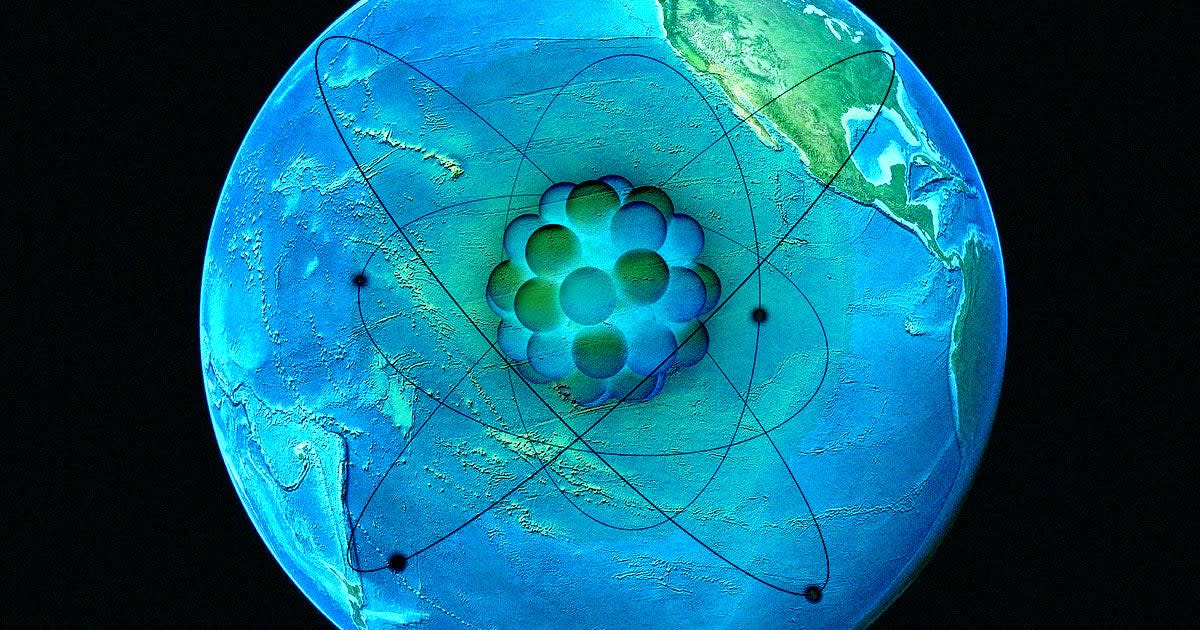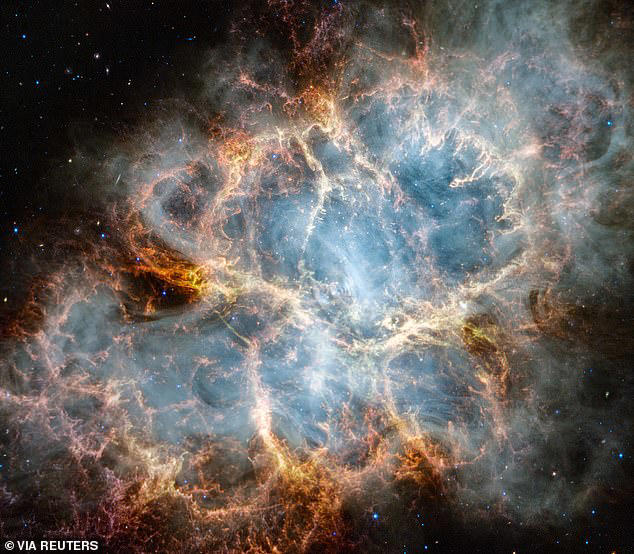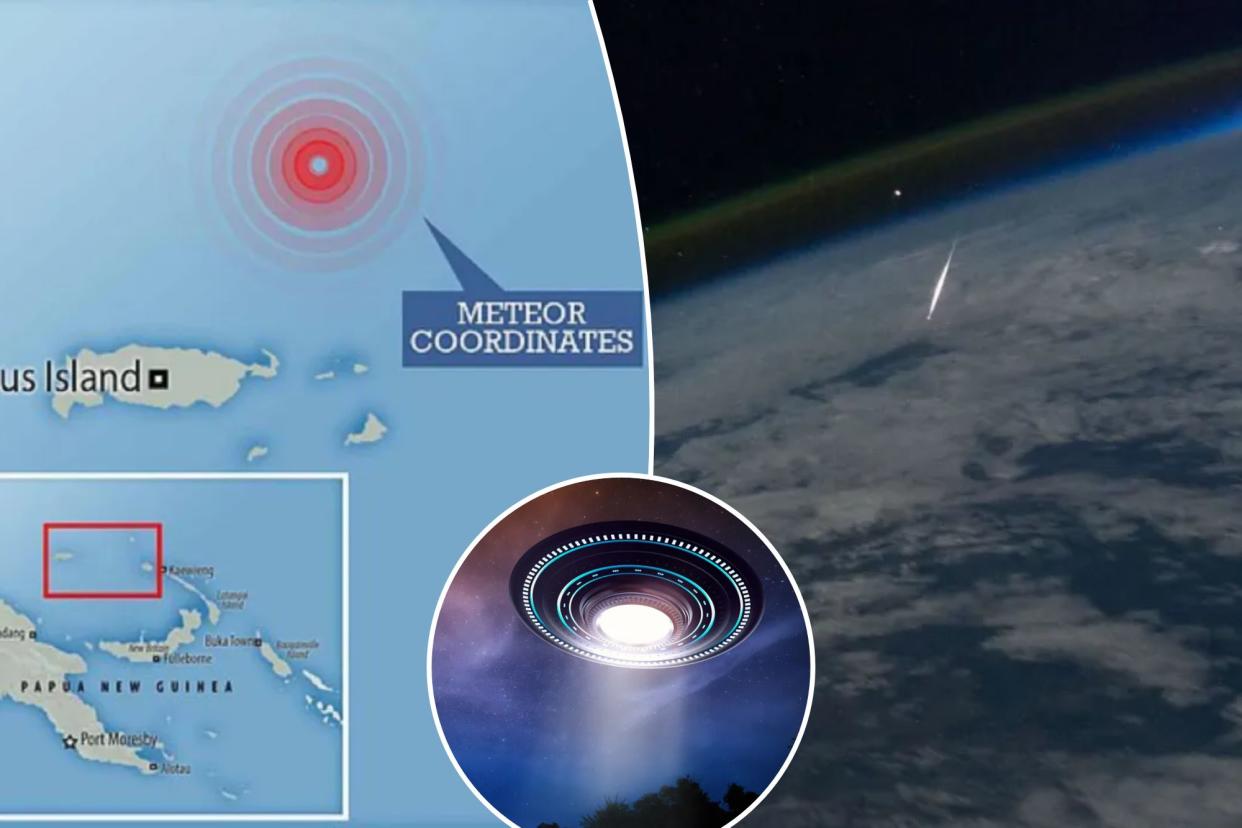The researchers detected very high concentrations of beryllium-10 in certain sediments. Several theories are being considered, including an astrophysical phenomenon
A team of scientists has discovered an unusual concentration of beryllium-10 in sediments of the Pacific Ocean, suggesting that an extraordinary event may have occurred on Earth millions of years ago. This discovery, published in the journal Nature Communications, raises many questions about the interaction between the planet and outer space.
The study was led by Dominik Koll, a physicist at the Helmholtz-Zentrum Dresden-Rossendorf, who, together with his team, analyzed layers of ferromanganese crust in different regions of the Central and North Pacific. The results show a significant increase in beryllium-10 in a time frame estimated between 9 and 12 million years.

Beryllium-10 is a radioactive isotope generated when cosmic rays collide with the atmosphere. Over time, this element is deposited in the oceans and trapped in layers of sediment. What is surprising about this research is the high concentration of this isotope in a given period, which suggests an extraordinary event.
Theories being considered
Scientists are considering various hypotheses to explain this anomaly. One of them is a possible reorganization of ocean currents, which would have affected the distribution of the isotope in marine sediments. However, other theories suggest astrophysical causes, such as the passage of the solar system through a dense interstellar cloud or the explosion of a supernova nearby, which would have intensified the arrival of cosmic radiation on Earth.

Layers of marine sediment act as geological records that allow us to reconstruct the history of the planet. Thanks to the slow decay of beryllium-10, which has a half-life of 1.4 million years, scientists can accurately date these events. In this sense, the analysis of the samples suggests that the growth of the ferromanganese crust occurs at a rate of approximately 1.52 millimeters per million years. The radioactive anomaly is located at a depth corresponding to a period between 10.5 and 11.8 million years.
“Only further analysis will be able to indicate whether the beryllium-10 anomaly is due to changes in ocean currents or has an astrophysical origin,” said Dominik Koll. ‘We therefore plan to examine more samples in the future and hope that other research teams will do the same.’ The scientist also hopes to find out whether the anomaly is a localized phenomenon or whether it had a global impact.









